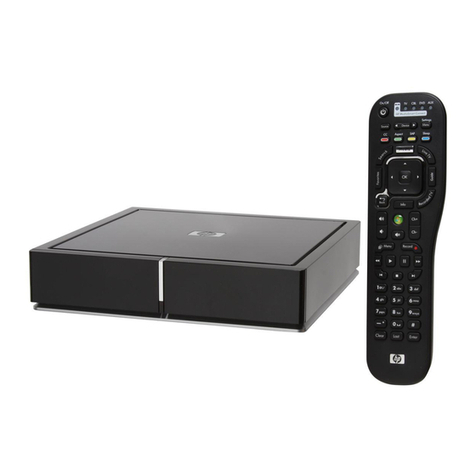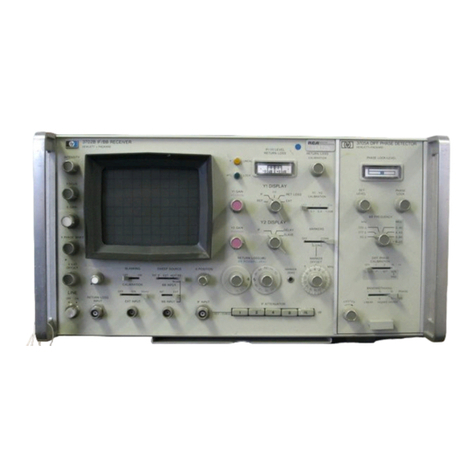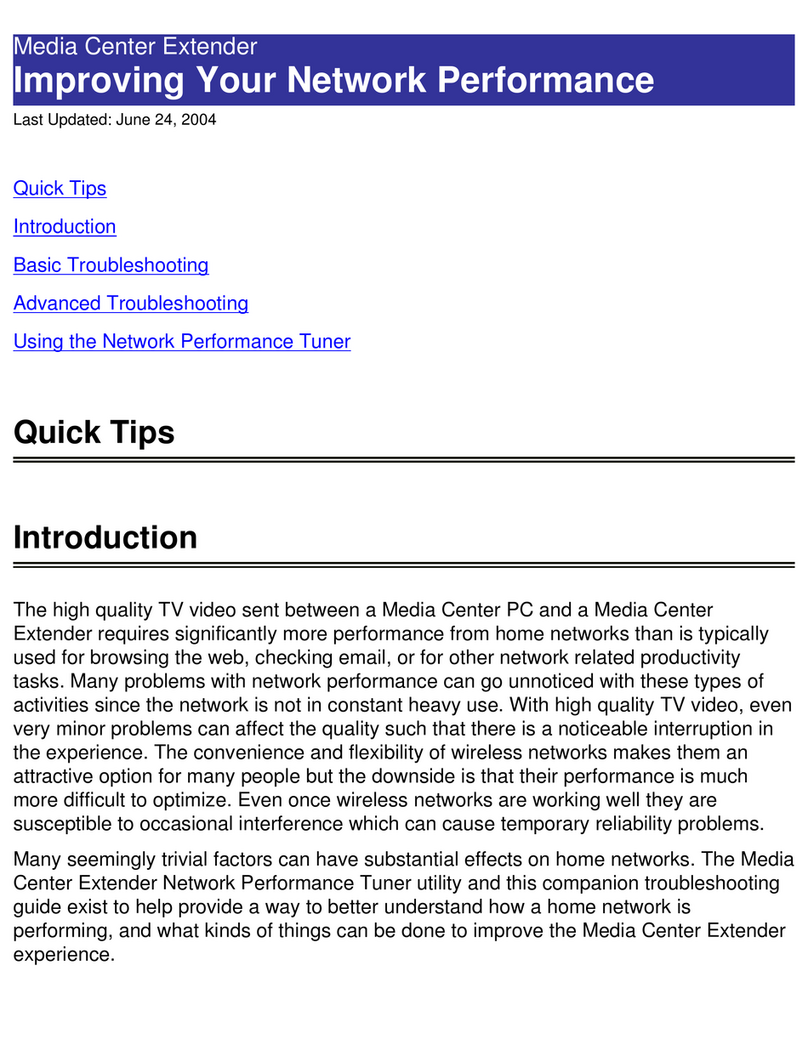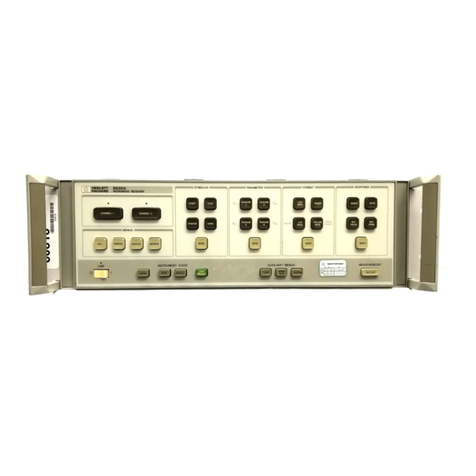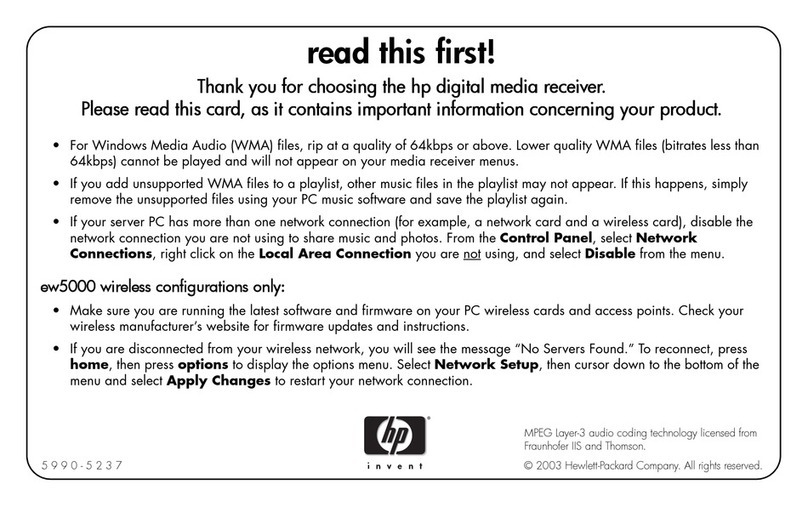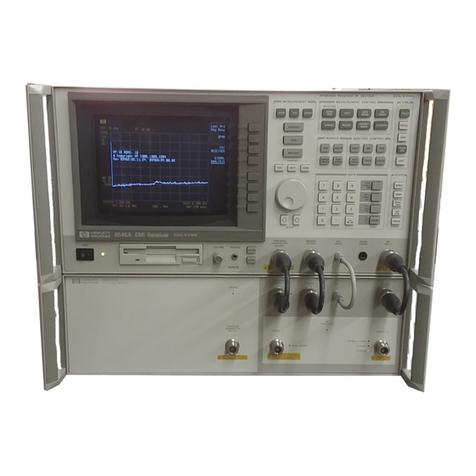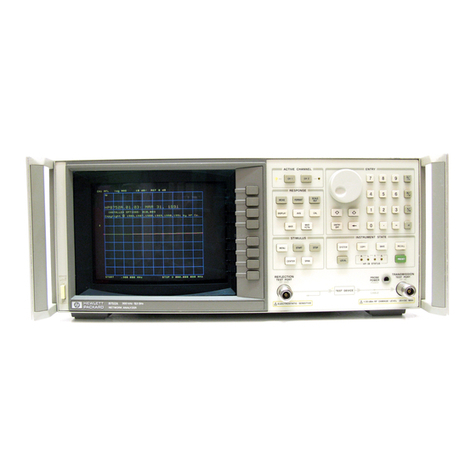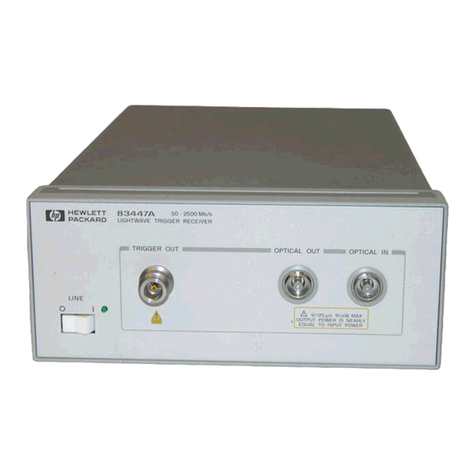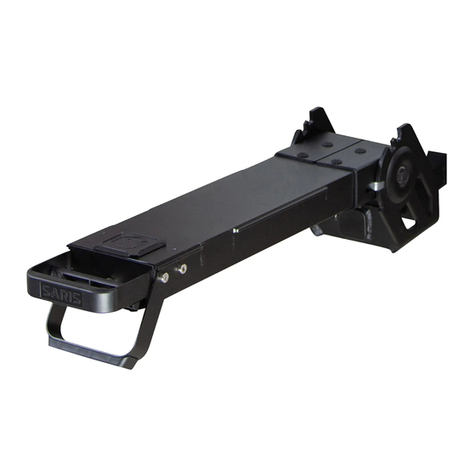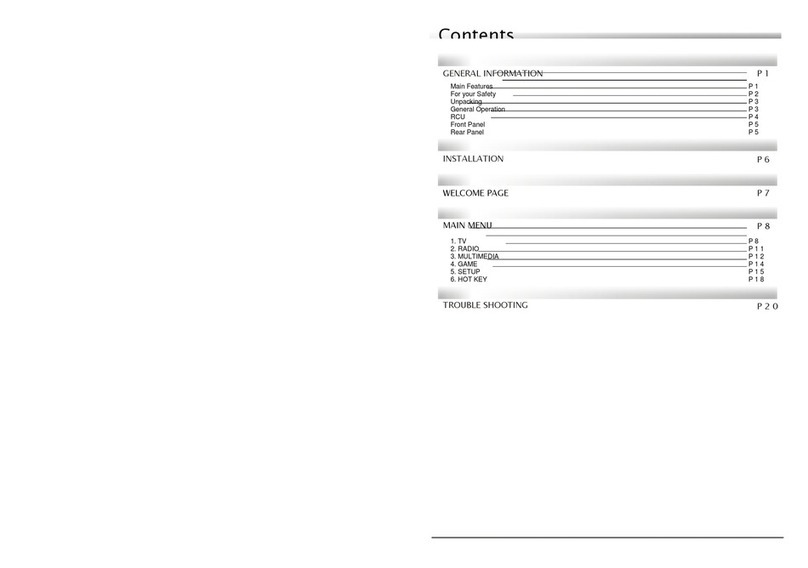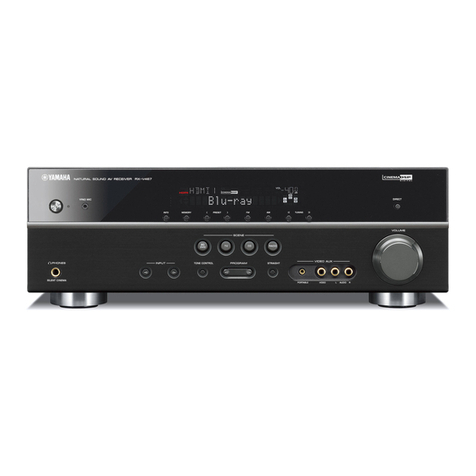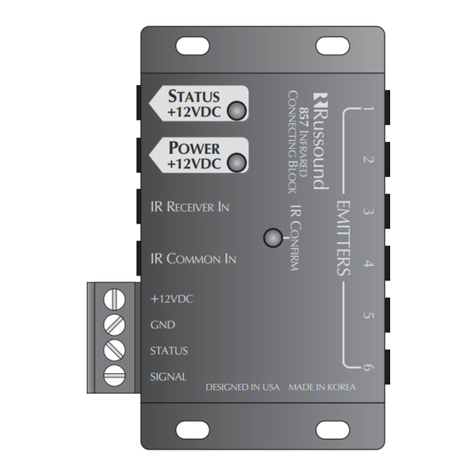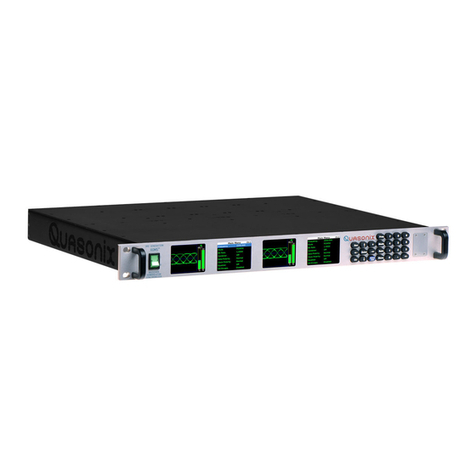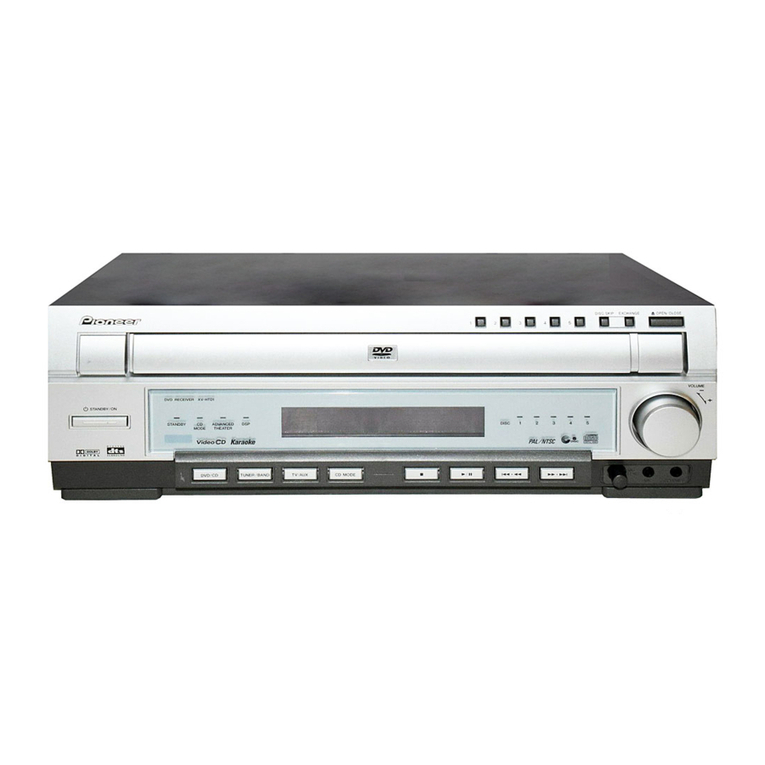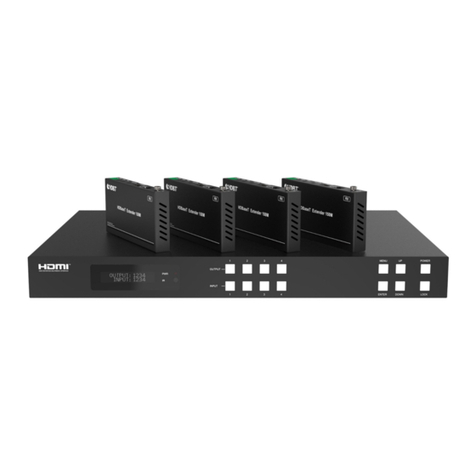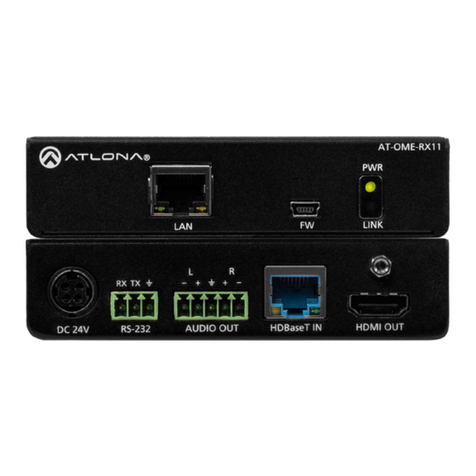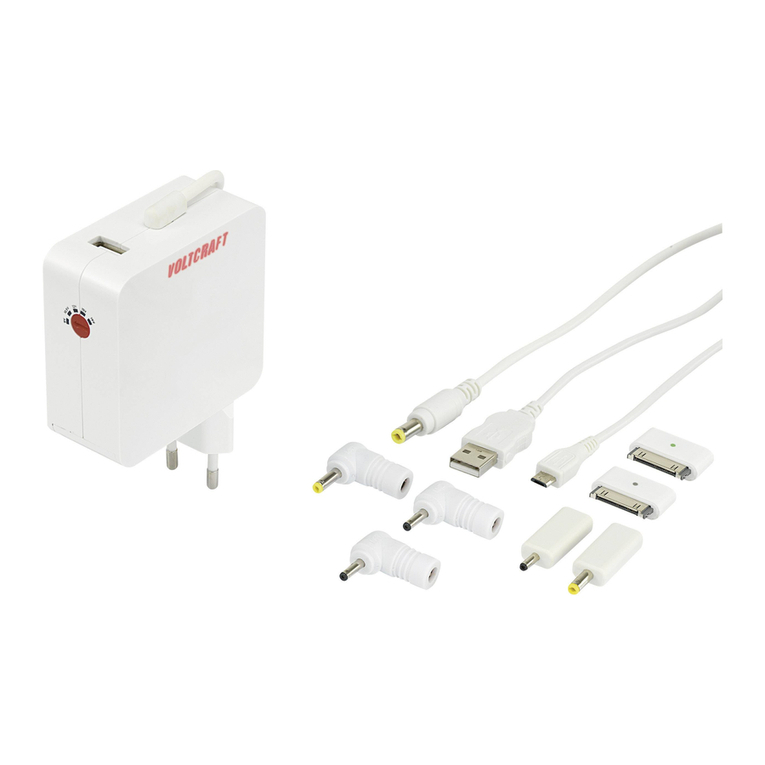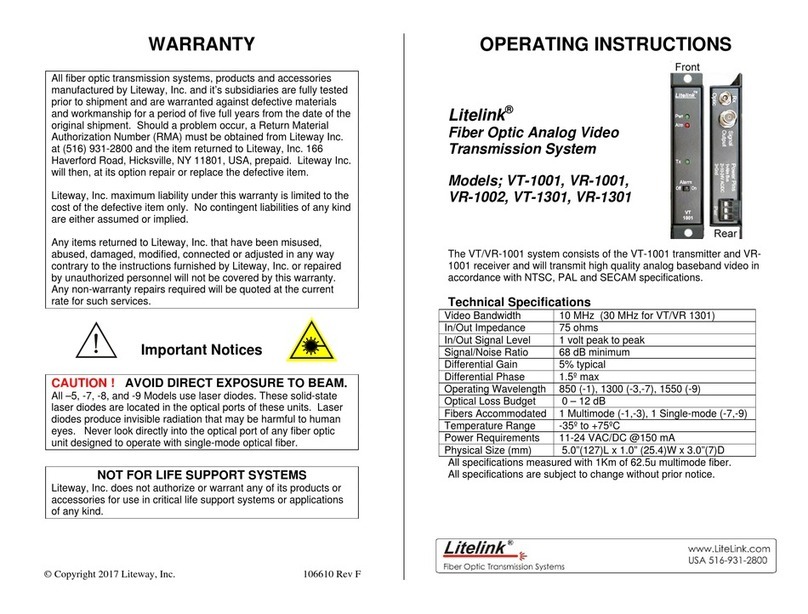
6. Making EMI Diagnostic Measurements
What You'll Learn in This Chapter . . . . . . . . . . . 6-1
Resolving Signals of Equal Amplitude .. .. .. .. . 6-2
Resolving Small Signals Hidden by Large Signals .... 6-5
Increasing the Frequency Readout Resolution ..... 6-8
Decreasing the Frequency Span . . . . . . . . . . . . 6-10
Peaking Signal Amplitude with Preselector Peak .... 6-11
Tracking Unstable Signals . . . . . . . . . . . . . . . 6-13
Using the Marker Track Function .... .. .. .. 6-13
Using Maximum-Hold and Minimum-Hold ...... 6-15
Comparing Signals Using Delta Markers .... .. .. 6-18
Measuring Dierences Between Two Signals ..... 6-18
Measuring Dierences Between Signals On Screen and
O Screen ................... 6-19
Measuring Low-Level Signals .... .. .. .. .. . 6-22
Reducing Input Attenuation . . . . . . . . . . . . . 6-22
Reducing IF Bandwidth . . . . . . . . . . . . . . . 6-25
Reducing A
veraging Bandwidth ........... 6-26
Using Video Averaging ............... 6-27
Testing for Distortion Using the Linearity Check .... 6-30
Measuring Small Signals in the Presence of a Large
Ambient Signal .... .. .. .. .. .. .. . 6-30
Using Linearity Check .............. . 6-33
Demodulating and Listening to an AM or FM Signal ...6-36
7. Making Other Measurements
What Y
ou'll Learn in This Chapter ......... .. 7-1
Stimulus-Response Measurements ...... .. .. . 7-2
What Are Stimulus-Response Measurements? .... . 7-2
Using the Receiver With the Internal Tracking
Generator ....... .. .. . .. .. .. .. 7-2
Stepping Through the Measurement ......... 7-3
Tracking Generator Unleveled Condition . . . . . . . 7-7
Measuring Amplitude Modulation with the Fast Fourier
Transform Function . . . . . . . . . . . . . . . . 7-8
Measuring the Sidebands on a Signal . . . . . . . . . 7-8
Repeating the test .... .. .. .. .. .. .. 7-12
Measuring 3 dB and 6 dB Bandwidth . . . . . . . . . 7-13
Measuring 99% Power Bandwidth .......... 7-14
Measuring Percent AM Modulation . . . . . . . . . . 7-15
Measuring Amplitude and Frequency Dierence ... 7-16
Making 3rd Order Measurements .. .. .. .. .. 7-18
8. Limit Lines
Using Receiver Limit Lines .............. 8-2
Creating, Editing, or Viewing a Limit Line . . . . . . 8-2
Editing an Existing Limit Line . . . . . . . . . . . . 8-6
Dening a Limit Margin . . . . . . . . . . . . . . . 8-7
Activating Limit-Line Testing ............ 8-8
Saving or Recalling Limit-Line Tables .. .. .. .. 8-8
Saving a Limit-Line Table .... .. .. .. .. . 8-8
Recalling a Limit-Line Table.... .. .. .. .. 8-9
Viewing the Disk Catalog ............. 8-10
Using Signal Analyzer Limit Lines .. .. .. .. .. . 8-11
Creating, Editing or Viewing a Limit Line .... .. 8-11
Contents-3
